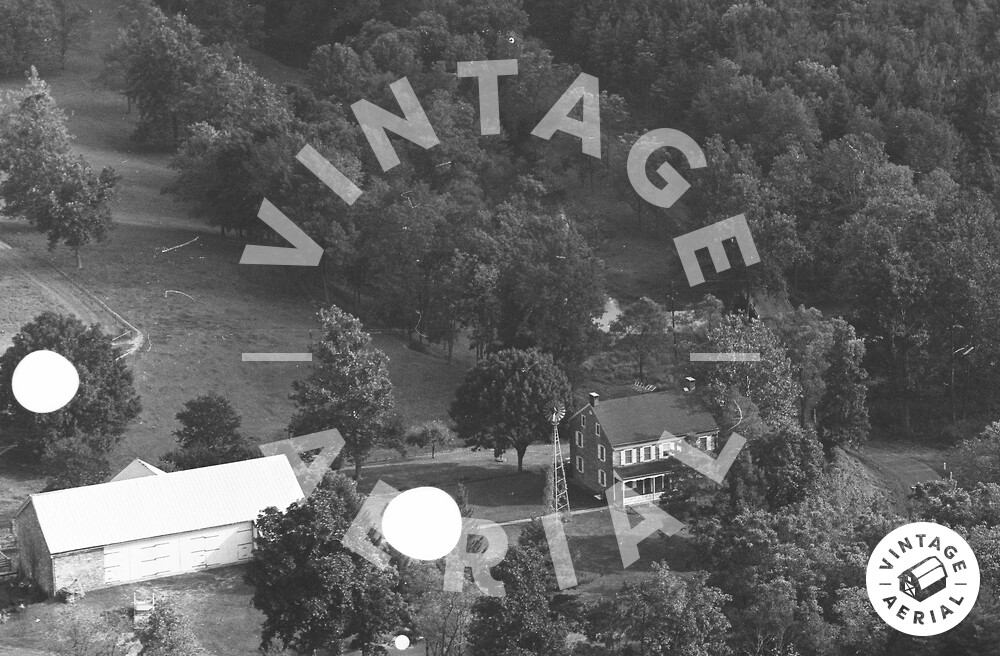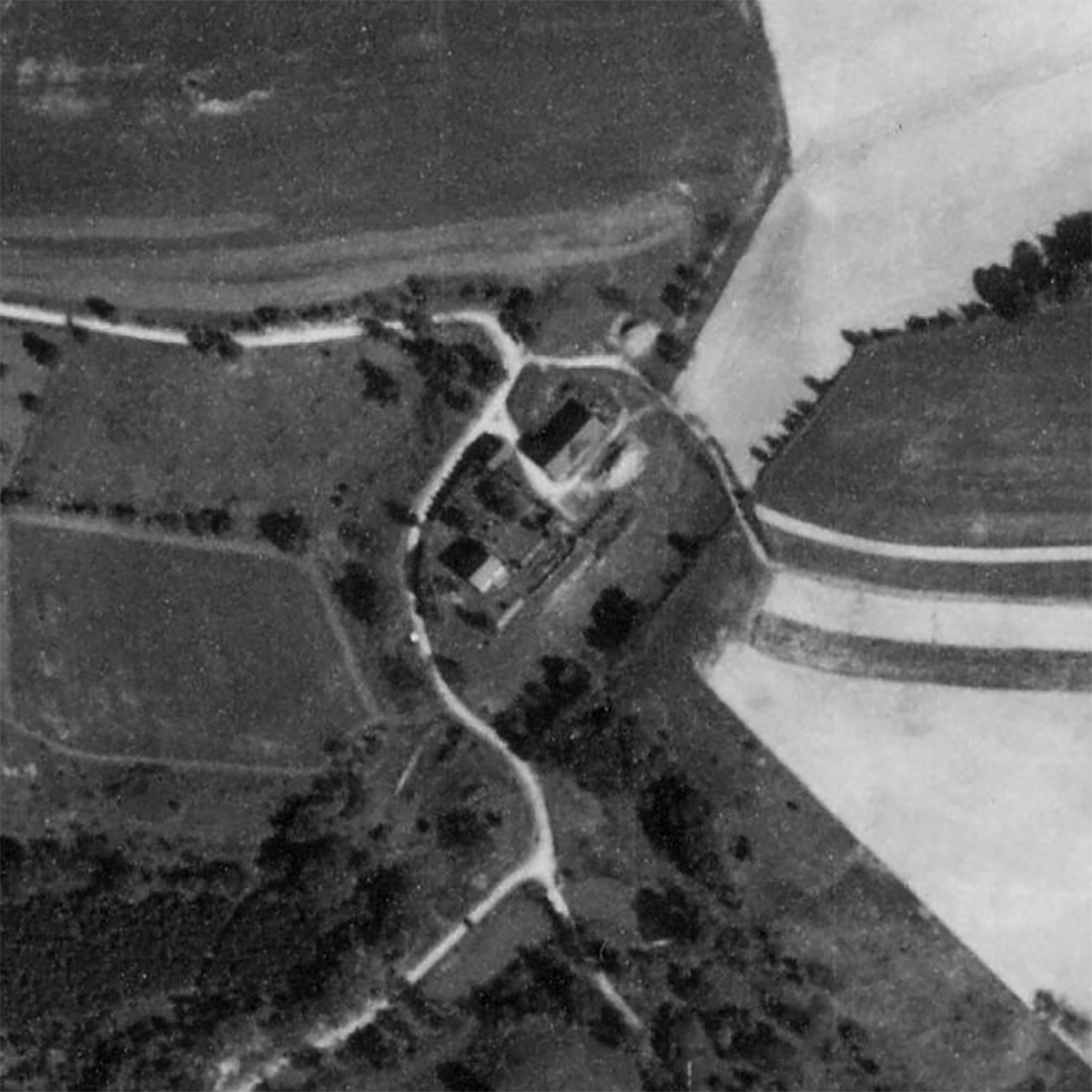This is another installment in the “Before Blue Marsh” series, where I explore the remains of various properties that were razed in the 1970s to make way for the Blue Marsh Lake Project. See more here.
At the beginning of “Skinner’s Loop” trail which leads to Fox Lake, you will find the remains of the Skinner Farm. The farm was built in 1843 by John Lamm, brother of Daniel Lamm who owned the gristmill half a mile south of this property. John Lamm sold the property he had affectionately named “Lamb’s Pasture” to Jacob Speicher in 1890. Speicher’s estate sold the property to Helen (Peacock) Skinner in 1930.

This struck me as very progressive for the time; a woman buying property without her husband on the deed. So I dove into Helen a bit to better understand how this was a possibility for her in 1930.
Helen was born in 1893 of Charles Getz Peacock and Mary Frances Peacock. Her father died shortly after her birth at age 24 of what was called a lung infection in his obituary. He was of the prominent Getz family, and was high up in the National Brass and Iron Works in Reading. Charles left Helen, his only child, a large inheritance, including an adjacent piece of property which is likely the reason she purchased this one.

Helen did not coast on inherited wealth; she became educated and found a job as a social worker. She was then appointed Berks County’s first probation officer by Judge Wagner, warranting her an office in the Courthouse. All before women even obtained the right to vote.
In 1918 she married Canadian-born Robert Black Skinner, a partner in an development firm in New York City. They moved to Cranford New Jersey, just outside NYC, but Helen obviously felt a fondness for Berks County. She purchased the farm house, barn and the nearly 150 acres it sat on in 1930 to use as a summer residence.

Unfortunately she didn’t get to spend many summers here. Helen died tragically young like her father, at the age of 39, only two years later in 1932. She left behind Robert and their two children, June and James. Robert inherited the North Heidelberg farm and continued to vacation there with his children and then grandchildren in the summer months for four more decades until his own death in the Reading Hospital in July 1971.
Both Robert and Helen are buried at Charles Evans Cemetery. Their property, which was originally three different parcels containing over 376 acres in total, was sold to the Army Corp of Engineers by their children in 1976 for $675k. The barn was relocated to Annville and the windmill to New Jersey (perhaps with son James in Westfield).

The Army Corp of Engineers left the stone house standing with the intention to use it for operations while constructing a nearby campground site on the lake. The campground failed to materialize due to cut funding so the house sat abandoned for nearly three more decades.

One morning in the early 2000s the house was found a smoking pile of debris. There had been a nasty electrical storm that night so it was presumed to be struck by lightning which burned it to the ground.
The memories of three families over 130 years reduced to a few crumbling stone walls.




Thank you for keeping the stories alive. I’m family to Jacob Speicher
This was a beautiful property in its’ day. Unfortunately, while it sat vacant, it was badly vandalized and the architectural elements stolen. There used to be a millstone embedded in the walled garden next to the barn but somehow someone managed to remove that.